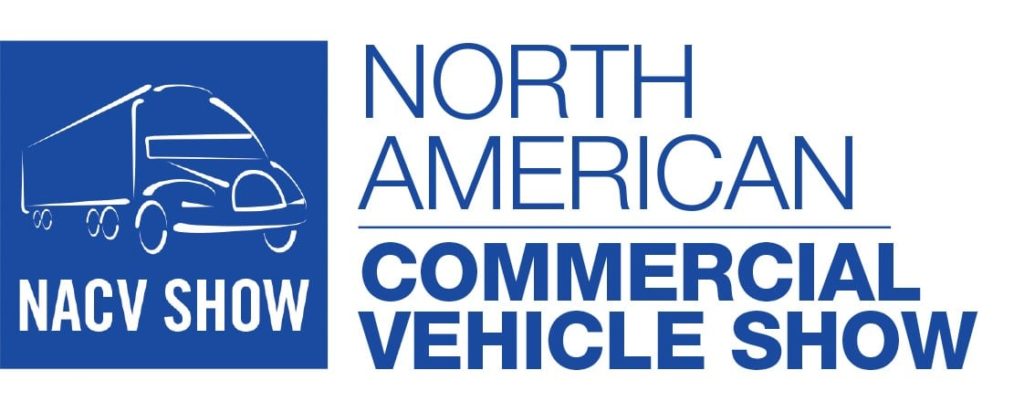New Vehicle Sales Increase 33% in September
SOUTHEAST ASIA: 6 MAJOR COUNTRIES REPORT
New vehicle sales in the six major Southeast Asian countries totaled 317,765 units in September, up 33% from the same month last year. The figures were compiled from new vehicle sales statistics released by automobile industry associations and other organizations in each country. This is the 12th consecutive month that sales have exceeded those of the same month last year; the economic recovery from COVID-19 continues, with sales up 8% compared to September 2019, even before the spread of the infection.
Indonesia, the largest new vehicle market in the region, saw a 19% y/y increase to 99,986 units. This was the highest single-month sales volume in 2022. The tax exemption for some models ended at the end of September, and there appears to have been a rush demand for new vehicles.







